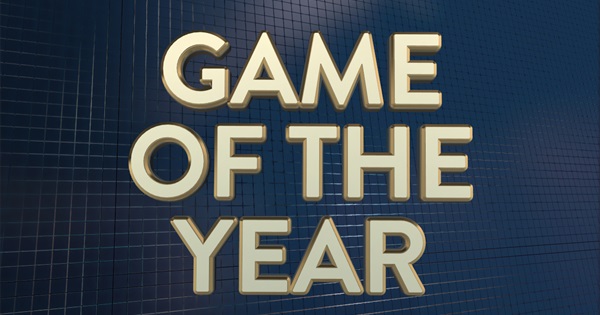
Ok, first of all I want to make it clear that this is MY list so if anyone dares disagree with me they better not leave a comment saying so because it will almost certainly help my metrics in some way and thus not actually hurt me. Just some free advice, KIDDOS!!!
But seriously it’s all for fun anyway and this is mostly a writing exercise for me. The concept of a game of the year list remains pretty arbitrary, so for me these are really just a bunch of games that I thought were great and perhaps more importantly are games that were doing interesting things that I’ll continue to think about well past 2020.
It’s not an all-encompassing list, of course. I played a lot of releases from 2020 but shockingly I didn’t get to play everything. I skipped playing some stuff like Last of Us 2 and Ori 2 because I didn’t enjoy the first entries much, while others I just didn’t get to yet. For those that I missed, if I have enough to say I will certainly write about them later on down the line! For those that I did play but didn’t make it on the list, get rekt I guess.
10. Animal Crossing: New Horizons
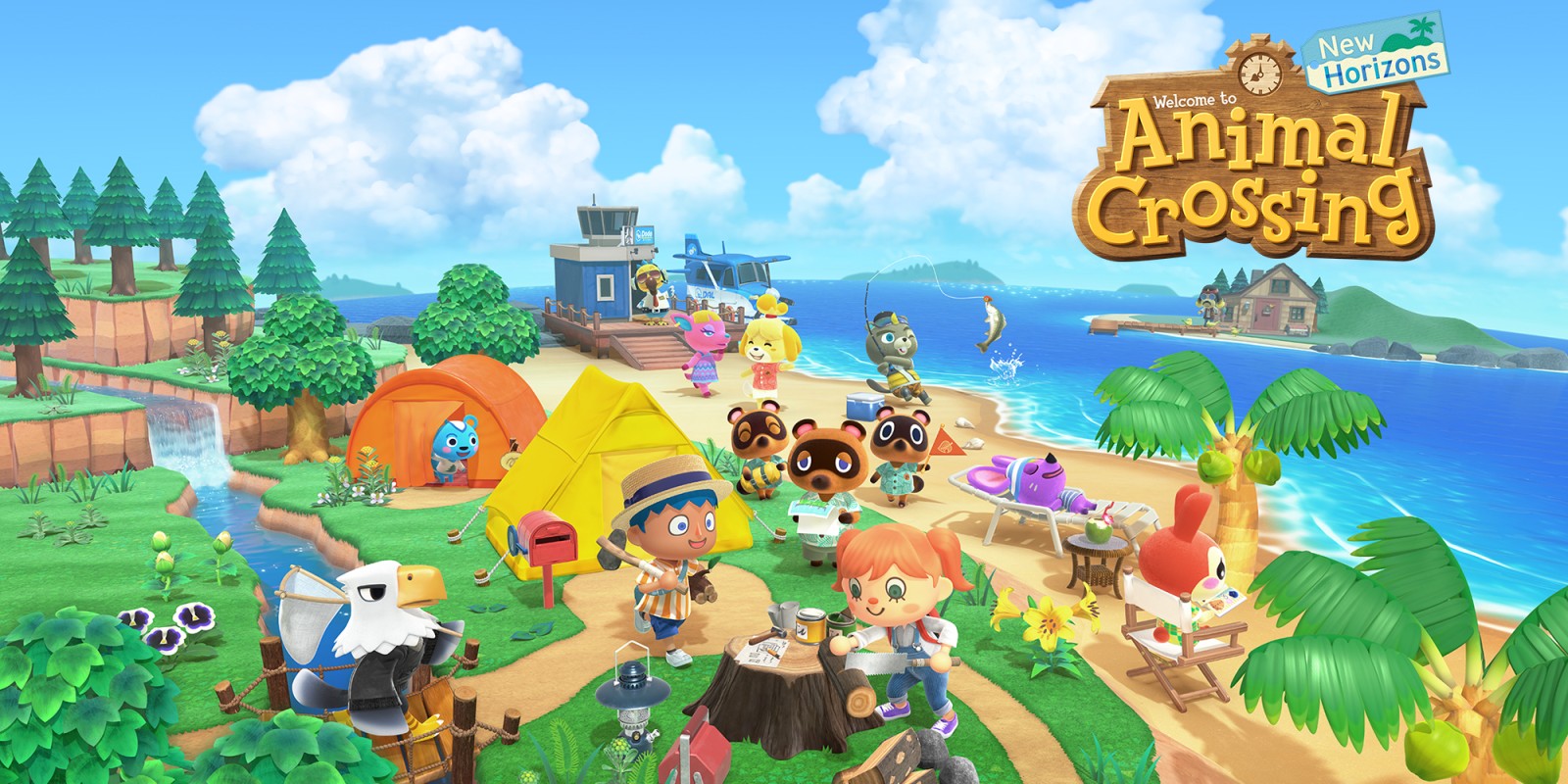
I feel a little conflicted putting New Horizons on this list because it’s not like Nintendo had to do much to Animal Crossing for it to continue to be a great game. Still though, New Horizons contains plenty of interesting ideas and it’s going to remembered by me and most others who played it for a long time. The events of this year certainly helped that, but I also believe that its design goals were aiming for a comparable effect anyway.
Despite most previous entries in the series having an online mode, this is the first Animal Crossing that was truly perfect for the age of social media. The greater degrees of customization and easy social media integration for posting pictures and videos makes for an experience that’s easy to share and discuss. This deeper connection to the online watercooler would have been big for the series in any context, but in 2020 it made New Horizons blow up in a more spectacular fashion.
Probably the least unique observation you’ll ever hear about this game, but the close timing of the game’s release with the start of the pandemic certainly accelerated just how all-encompassing New Horizons became. I found myself reconnecting with people I hadn’t really talked to for over a year or more simply because everyone was getting into Animal Crossing at the same time. It was an interesting experience that could only happen in the real world context we got.
Unfortunately Nintendo themselves seemed only partially aware of how their game could connect people, as there’s plenty in the online experience that remains a decade or two behind its contemporaries. It’s disappointing, but yelling at Nintendo for it is the equivalent of yelling at an old dog. They’re too far stuck in their ways, they already know everyone loves them, and it’s not like they can actually understand a word you say anyway. All you can really do is hold out hope that at some point they’ll do just enough to ensure their continued survival.
At the very least New Horizon takes many positive steps forward too. The crafting adds new dynamics and incentives to collecting items. The greater degree of control over your town lets you heavily reshape the world as you see fit. The sheer content that’s in the game and continues to be added ensures that those dedicated enough will have things to look forward to for a long time.
That’s all cool, but I mostly enjoy Animal Crossing as a game to chill out with. I’m past the point of working too hard to get the best turnip prices, trading for the best items, or conquering the economy as quickly as I can. My ideal experience consists of just turning the game on, doing a few chores, checking in with my townspeople, and maybe doing one of the holiday events. All of the new stuff New Horizons provides is great, but I’m glad that the Animal Crossing experience I enjoy most remains intact too. I don’t know if I could say it’s my favorite entry, the Gamecube original still appeals to me as a more closed off experience, but as a social game this is easily the best the series has ever been.
9. No Straight Roads
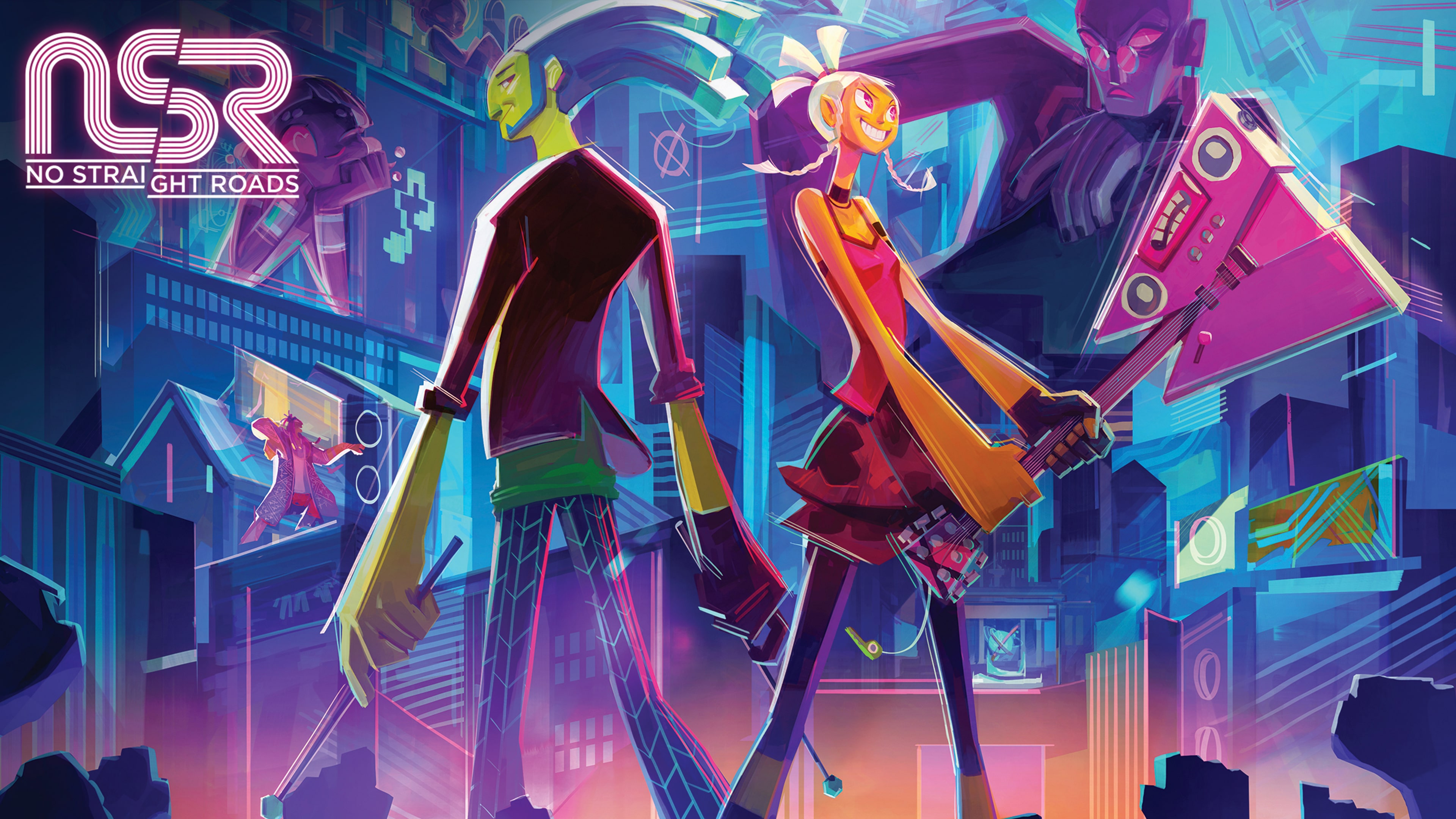
No Straight Roads channels energy from a lot of what I enjoy most in games – interesting mechanics, cool designs, and a great soundtrack. Ambition and creativity ooze from every direction here, from the strong art direction in the world and bosses to the unusual mix of game mechanics on display . No Straight Roads takes ideas from rhythm games, platformers, and beat-em-ups like they’re from a grab bag, asking you to complete platforming challenges while timing your attacks to a rhythm. It’s not always completely intuitive, but when it works it’s great and even the weakest parts of the game manage to be entertaining in their execution.
Mayday and Zuke’s No More Heroes-esque journey to conquer the music industry has remained with me in large part due to how well realized it is. I like how strongly themed everything is. Every district in the city ties so deeply into each boss that you can tell a lot about them just by glancing around. Each victory builds into more and more momentum as you recruit fans and NPCs that flesh out the world. The bosses and their lairs share mechanical similarities but are distinct in their execution.
I was also impressed by the well done characters and story. Beneath the flashy designs and carefree attitude the game exudes, No Straight Roads has some genuinely interesting things to say about creators, fans, relationships, and commercialized industries at large. Perhaps more importantly it manages to do it all without falling into the easy cynical traps you might expect from how things are initially presented.
In many ways No Straight Roads feels like playing some long-lost Dreamcast or PS2 game from the early 2000s that just happened to fly under the radar. It’s something I would expect from a studio like Double Fine in their heyday, but in reality it’s the product of a small Malaysian studio that consists mostly of newcomers to the industry. Like many of those unique kinds of games there’s some rough edges, but its strengths punch well above its weight class.
8. Astro’s Playroom

While it’s always frustrating to see how little the current leadership of Sony cares for their backlog of games, to some extent it’s understandable when you realize the only time they tried to celebrate that legacy was a dud like Playstation All-Stars Battle Royale. Astro’s Playroom wisely steps over that corpse and its unique position as a pack-in game for the Playstation 5 makes it a celebration not only of Sony’s past in video games, but also its future.
I don’t know if the DualSense controller really has that much of a future, but at least it’s cool in this game. Every area feels (in most cases literally) different thanks to the amazing sound design and haptic feedback provided by the controller. There’s no way to accurately convey in words just how different of a sensation Astro’s Playroom provides for essentially its entire run time. From skating across ice to getting caught in a rainstorm to flying a spaceship, Astro runs the gauntlet of tech demo experiences to sell you on the controller.
Littered throughout these experiences are a treasure trove of references to Playstation history, and not just Sony’s. Look it’s Dante! Hey it’s Ape Escape, they should really make a new one of those! Hey, is that the strand from Death Stranding!? Between the cameos and all of the wacky Playstation peripherals you can collect Astro’s Playroom doubles as a fun virtual museum of Playstation lore.
More important than any of that, Astro’s Playroom is simply a great platformer. The level design dumps a smorgasbord of ideas out and basically all of it works. There are a few levels that lean more heavily on gimmicks that I wasn’t initially a big fan of, but I even warmed up to those after mastering them in the speedrun mode. Don’t even get me started on the speedrun mode. It’s too good, it’s too powerful, and I will never play it again. Unless someone I know beats my score.
Probably my biggest issue with Astro’s Playroom lies in how much I wish there was more of it. That’s a great problem to have of course, but due to its nature as a smaller pack-in title I feel that pain more strongly. These developers are simply too talented to be limited to bite-sized pack-ins. I certainly hope I get to play another one of Team Asobi’s games in the future, preferably without a VR headset.
7. Bloodstained: Curse of the Moon 2
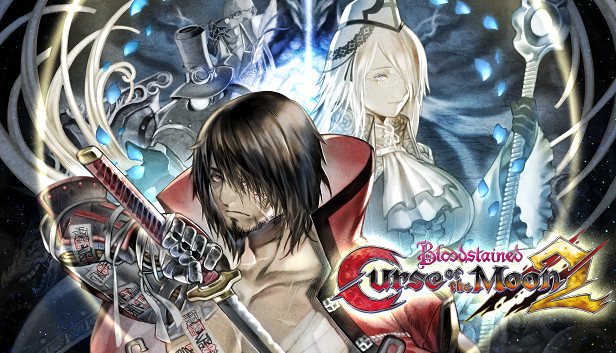
Of course my guys at Inti Creates have to be on the list, but when they’re making stuff like Curse of the Moon 2 who could possibly argue they don’t deserve it! I enjoyed the original Curse of the Moon, but I’d say it was about one step shy from me really loving it. It had great elements including the cool bosses and an interesting evolution of the character switching mechanic from Castlevania 3, but it also felt like it was playing things just a little too safe in its level design and strict adherence to the Castlevania 3 mold.
Curse of the Moon 2 takes that necessary step and then sprints an extra mile for good measure. What felt like novel ideas in the original game are now pushed to their limits in the sequel. Aside from Zangetsu, the entire cast has been swapped with new characters that have unique abilities unlike anything from previous Castlevania games. These characters complement each other more strongly, allowing for many interesting synergies to discover. The level design embodies a similar philosophy by emphasizing those character synergies as being much more crucial, raising the difficulty much higher than the previous game, and providing more interesting stage gimmicks.
These base improvements help the game to strike out on its own, but Curse of the Moon 2 goes even further beyond. Like the previous entry, once you’ve completed it you unlock another run through the game that heightens the difficulty of the levels and the bosses. But wait! This time there’s another mode that brings back the cast of the original game too. But wait! If you do all of that stuff you unlock another route that marries the game’s levels to the structure of a Mega Man game culminating in a final showdown where you can recruit all 7 characters for an entirely new area. But wait! I haven’t even gotten to the boss rush, the mode that limits you to a single character, the unlockable special Zangetsu, the co-op, or the even higher difficulty mode!
There’s a lot to dig into here and I haven’t even touched upon the smaller things I enjoy like the expanded emphasis on character interactions. It’s easy to think though, does all of it really matter? Less and less people will play each threshold of all this content or notice all the small things.
Inti Creates’ greatest strength is that not only do they make great games, they also make their games with people who really love playing them in mind. I suspect that this is because the developers themselves love to play their own games. That passion burns through strongly in Curse of the Moon 2, and it results in not just a great follow-up to the original, but also a great follow-up to the Castlevania legacy.
6. Tony Hawk’s Pro Skater 1+2
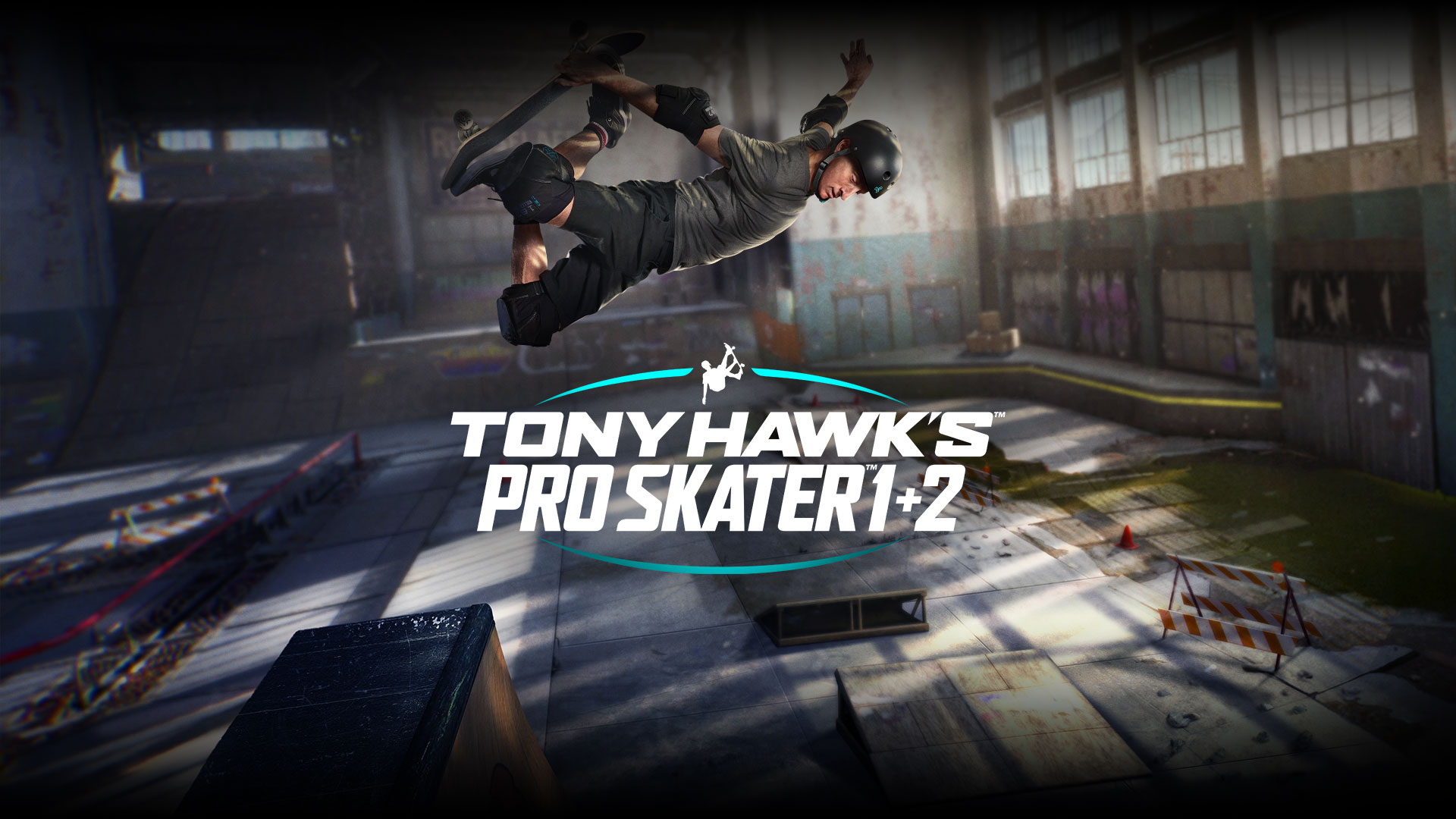
Video game releases in 2020 ran the gamut of just about every conceivable type of remake there could be of a game, from simple graphics swaps to entirely different games that just happen to share the same marketable name as the original. In my view, one remake soared above them all like a Tony.
As the title suggests developer Vicarious Visions remade the first two Tony Hawk games with modern technology, but they also did more than that. By adding in mechanics and ideas from subsequent games they breathed new life into the old, creating something that feels just as new as it does a faithful remake. The balancing act needed to pull off this feat really can’t be understated in an era where so many projects go all in on one extreme direction or the other. Instead the game captures the core appeal of Tony Hawk’s mechanically dense score attack nature while also being perhaps the best entry the series has ever gotten.
1+2’s identity as a new game permeates through more than just the mechanics. The skaters have all been scanned into game as they are now, older but still ready to shred. The locations you skate around in convey the sense of age, and some even have subtle hints that the game itself takes place in the year 2020. These details mixed with modernized progression systems and online modes go the extra mile to feel not just like a remake, but a new beginning.
Part of why this remake stands out to me is just how dire the situation for this series was. Not many game series fizzle out into a catastrophe, get a revival years later with a brand new sequel that also implodes, only to years more later get one almost certainly final chance. Right on death row Tony managed to nail the 72,000,000° Axe Dodge and fly straight up to the moon. I couldn’t be happier for him and am excited to meet him in space for Tony Hawk 6.
5. One Step From Eden

Ever since it released early into 2020, One Step From Eden has kind of been my “background game” that I go to once every couple of weeks when I’m not in the middle of something else. I get a few good runs in, always die near the end, and eventually call it a day until next time. It might be flippant to summarize it that way but the important thing is that I do keep coming back, and there are a lot of reasons why.
One Step From Eden initially sold itself on Kickstarter as combining the mechanics of Mega Man Battle Network with the roguelike genre. That comparison is apt, but it pushes those Battle Network ideas to such extremes that it ends up feeling like something else entirely. Everything moves so fast, the cards you obtain are so varied, and the benefits of all the subsystems so complex that I needed multiple runs just to get my bearings.
There are so many choices available and the overall goal is so clear that any time you get a “bad run” it feels like it was entirely your own fault. After a few runs you will be aware of the enemies and bosses to expect, and from there knowledge of the game’s systems becomes the key to success. Ideas like the focus system allow you to manipulate what cards you can get, the branching paths let you decide what benefits you can pull from and which bosses to take care of first, and there’s so much more beyond that. With unlocks mostly being tied to new cards that are unlikely to be the deciding factor in your run, it’s less about grinding attempts so much as simply learning the game.
Although the core gameplay takes cues from Battle Network, the aspect of those games that I think One Step From Eden truly captures are the aesthetic appeals. All of the characters have such distinct designs and mechanics tied to them that it perfectly encapsulates the appeal of Battle Network’s Net Navis. Like the gameplay, the soundtrack uses Battle Network’s chiptunes as a launching point for a unique and catchy soundtrack that fills each area with character. While generally sparse on actual story, there’s just enough going on to suggest an interesting world ripe for expansion. I would absolutely be down with other games that take place in this setting or star these characters.
Games that structure themselves after roguelikes have always been a tough to sell to me, but One Step From Eden appeals to me enough that I keep coming back no matter how many times it kills me. It’s a game that I see myself continuing to attempt well into 2021, and a very promising start to developer Thomas Moon Kang’s career in games.
4. Mad Rat Dead

My favorite aspect of rhythm games growing up was just how varied they could be in their approach to combining music and games, from Rez’s synesthesia railshooting to Gitaroo Man’s narrative-driven music battles. As an adult it feels like releases with similar creative sparks have slowed down considerably, so when I see something like Mad Rat Dead I can’t help but treasure it. Saying something has heart can be cliché, but in this case it feels completely appropriate.
Mad Rat Dead mashes up platforming with rhythm gameplay by tying inputs to the Mad Rat’s heartbeat. His heart also somehow seems to be playing an awesomely varied soundtrack that changes the pace of the beats you’re platforming to, but we don’t ask too many questions around here. Playing the result can initially feel like patting your head and rubbing your stomach at the same time, but that just makes it all the more impressive once you get the hang of it and the platforming starts to flow naturally to the music.
One of the most interesting aspects of the game’s design comes from the unique challenges it presents. There’s plenty of the normal hazards you’d expect from platformers: bottomless pits, disappearing platforms, spiky enemies, and boss battles. Navigating those in a rhythm context would be neat on its own, but in some ways the rhythm can be its own obstacle. Since Mad Rat’s actions are tied to the heart’s beat, you actually have to pay attention how it’s beating. Parts that would be a cinch at normal speed can force you to pick your moves carefully when the song slows down, and the way the game plays with ideas like this truly take advantage of its premise.
Mad Rat’s heart is also apparent in his story. Don’t let the playful graffiti art style fool you, it’s a pretty morbid narrative that asks tough questions about what’s important in life. no matter what the scope of that life may be. The soundtrack further enhances each story beat by perfectly capturing the emotions of the characters in each level. By the end it all feels well executed and surprisingly sweet despite the subject matter.
Every other game on this list took me at least a few days to get through, but I shotgunned through Mad Rat Dead in a single evening. Part of that is just lucky timing, but I was also just so thoroughly hooked by the music, mechanics, and story that I had to see it through to the end as soon as I could. It’s a great little game, and I’ve gone back to it multiple times since to complete each level with an S+ Rank. It’s something I’d like to 100% in 2021, and I think I’ll be listening to the soundtrack long after that.
3. 13 Sentinels: Aegis Rim

Scope and ambition define 13 Sentinels. These elements shine in its narrative, its structure, its art, and just about every other aspect of the game while we’re at it. The fact that 13 Sentinels is a game is the key to whole reason it’s on this list. While you could say it’s mostly a visual novel and thus, well, a novel, its status as a game is integral to what makes it so impressive.
Discussing any individual aspect of the narrative feels akin to navigating a minefield as the story shrouds itself in so many layers of twists and turns that any hint has an equal chance to spoil everything as it does to come across as total nonsense. That’s what makes 13 Sentinels so interesting; you can come across the various truths that make up its labyrinthine story in almost any order across its 13 scenarios. Other mediums simply can’t tell stories this way, and in a sense the true game manifests as the process of putting all this information together.
The RTS battle sections didn’t engage me as much the rest of the package, but I wouldn’t say that they are a flaw either. I had actually become pretty invested in my sentinels by the end through the added depth the customization options provide. The narrative simply engrosses you so much that the battles come across like a commercial break from the truly great stuff. There are a handful of moments that wouldn’t work in the narrative style of the rest of game, so I’d say the battles earn their keep just for that.
I finished 13 Sentinels the most recently of everything on this list so I can’t say my thoughts on it are fully formed, but I continue to be impressed by how tightly constructed it is. That shouldn’t be the case with how open-ended it lets players approach it, but there’s just enough threads in just enough places that anyone should be able to start making connections no matter which directions they go in. It all leads to an extremely satisfying conclusion both as a story and as a complex mystery. George Kamitani and his team at Vanillaware have taught a masterclass in nontraditional storytelling methods that only a game could provide.
2. Deadly Premonition 2: A Blessing in Disguise
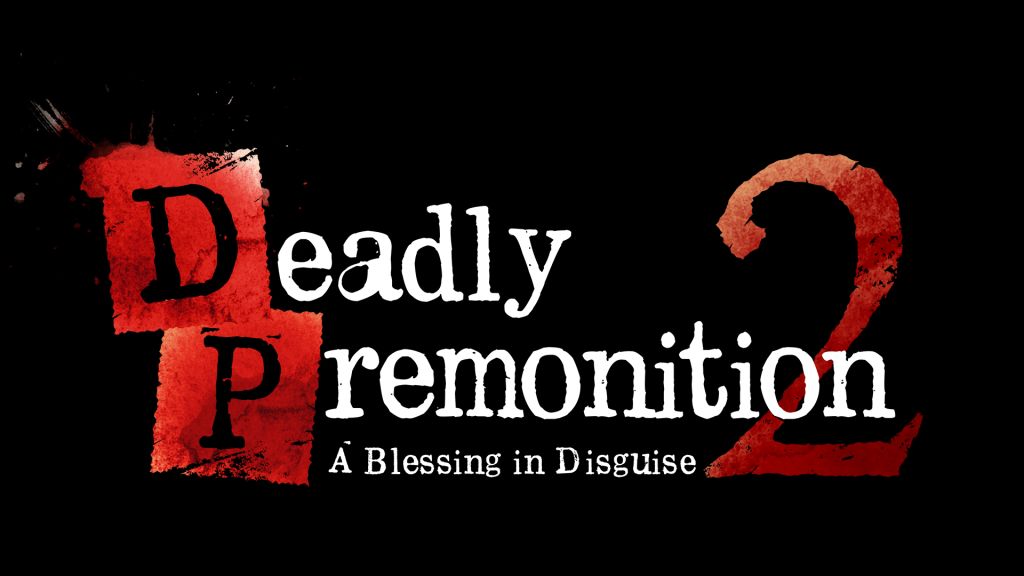
While I already wrote a bit about Deadly Premonition 2 when it came out, I still feel just as strongly about it half a year later. In the context of a game of the year list there’s maybe not much more to add than that, but at the very least I’ll give a brief summary of why this one stands out to me.
Deadly Premonition 2 embraces all the little aspects of humanity that most other games, movies, or stories in general skip over to get to “the point.” In Deadly Premonition 2 those gaps are “the point.” The plot weaves together a small group of people and their relationships into a narrative that can be both horrifying and touching. While many games would focus entirely on uncovering that narrative, you’ll regularly find yourself hoofing it around town, ensuring good hygiene, going to bed, and learning about those around you just because you can. In that way both the story and gameplay aim to speak to the human experience. Swery portrays it all with a deep kindness and empathy that makes it all ring truer than one might expect from a game can come across as deficient or unintuitive in other ways.
I suppose the other reason Deadly Premonition 2 has stuck with me is that, yeah, from a technical perspective it can be a disappointment. Thankfully patches have been released to help clean that up to an extent. I certainly wouldn’t say no to playing the game on something other than the Switch that might be able to handle it better, but the question I keep coming back to is how much it really matters.
If someone has a really great idea but doesn’t have the time, money, or skill to execute on it in the best possible way, should they really be beat over the head for all the problems that come from trying anyway? Those kinds of issues are worth bringing up if they truly hamper playing the game and what it set out to do, but I’m not convinced that was the case here. The kneejerk reaction to a game’s quality as a whole seems to be so strong when it comes to technical problems that it’s enough for many to dismiss it out of hand. To me Deadly Premonition is so good at what it does that it challenges assumptions about what may be truly necessary for a game to succeed, and that may be the second most important legacy it leaves behind.
1. Streets of Rage 4

Streets of Rage 4 might be perfect.
Okay, I have a few nitpicks about the scoring system and how an enemy type works but that’s what they are, nitpicks that don’t even come close to taking away a single thing the game accomplishes. They’re the kind of nitpicks that can only come from when you enjoy a game so much that you’ve played through it over a dozen times and start hyper-focusing on extremely minor things that aren’t even necessarily bad but you would have done differently. If that isn’t a testament to how much I enjoyed the game then I don’t know what could be.
The fact that it exists at all is a bit of a miracle. While not as highly publicized as something like a Shenmue or a Mega Man Legends 3, a “Streets of Rage 4” had long been one of those sequels lying on the cutting room floor of history. This incarnation’s announcement came seemingly out of nowhere as one of the most pleasant surprises possible for a longtime Sega fan like myself.
Dotemu, Lizardcube, and Guard Crush Games accomplished a lot more than just releasing a game called Streets of Rage 4, however. They took that core beat-em-up gameplay and evolved it by transplanting ideas from fighting games as well as some completely original ones to make a game that aims much higher than living up to a legacy. The combo mechanics feel so good, the health gambling system is so smart, the enemies are so well designed, and the level ideas are so cleverly woven into the gameplay that I’d say this isn’t just the best Streets of Rage game, it’s the best beat-em-up game period.
The attention paid to the aesthetics of Streets of Rage impresses me just as much. In some cases adherence to classic looks and sounds are definitely the way to go, but for Sega games that doesn’t fit quite right to me. What set Sega in their prime apart from the rest of the crowd is that they never rested on their laurels and were always trying to reinvent themselves. That’s part of why Streets of Rage stuck with people in the first place, between the setting, designs, and Yuzo Koshiro’s soundtracks they felt more contemporary to their era than other games.
Streets of Rage 4 perfectly channels that spirit of classic Sega by paying tribute to the past when appropriate but not being afraid to be itself too. The hand-drawn art with updated designs and animation look great while also being unlike anything the series has seen before. While Mr. Koshiro coming back to do a few tracks for the soundtrack is appreciated, the fact that Olivier Deriviere takes up the helm of the compositions helps the game forge an identity of its own. So much of this game feels like the best case scenario of what we could have gotten that it only makes the context of how it came to be that much more impressive.
Sega still makes great games, but the industry has changed enough that they can’t possibly ensure that all their franchises get the love and care they deserve. Sega’s solution being to open up their properties to smaller developers has to be one of the coolest things going on in the industry right now. Not only do we get modern classics like Streets of Rage 4 that continue great legacies, but projects like these also serve as great launching points for talented developers too. I know I’m excited to see what the teams behind this game all do next, regardless of whether it is tied to a classic Sega franchise. This unique synergy between independent studios and big corporations has had some fantastic results so far and it blazes the trail for exciting opportunities in the game industry as a whole.